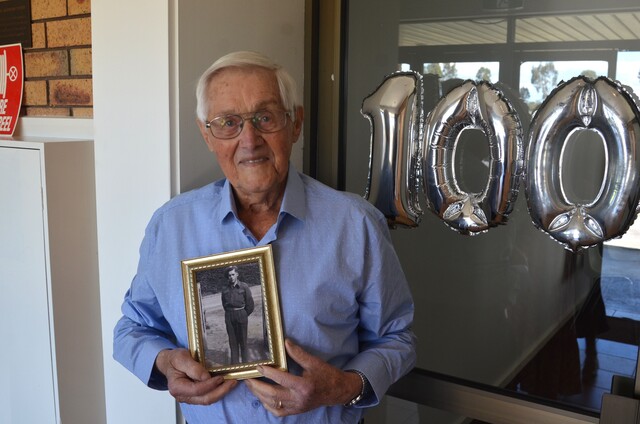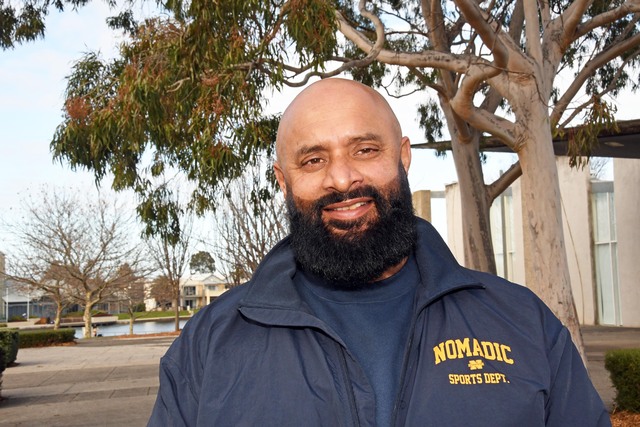By CAM LUCADOU-WELLS
NOISE pollution from trains, including diesel freight, on the proposed sky rail tracks through Noble Park remains an unknown quantity, the project’s director has admitted.
Level Crossing Removal Authority project director Brett Summers told a Noble Park public meeting on Wednesday 24 February that “preliminary modelling” of noise-levels was not ready for public release.
He said that there would be an “overall decrease in rail noise”.
Any noise would be deflected upwards by barriers and noise levels would have to comply with state policies, he said.
“We’ll release it in due course, when we’ve done more detailed modelling.”
An audience member at the Noble Park Community Action Forum grilled Mr Summers on what noise from diesel freight trains would be heard in households.
She was particularly concerned about the extra noise from trains as they ascended the elevated rail at night.
“Noise pollution affects their lives and their sleep. This is thousands of people we’re talking about.”
Mr Summers replied: “And that’s why the government has a noise policy.”
Consultation was a touchy point during Mr Summers’s two-hour Q&A presentation at the Paddy O’Donoghue Centre where he admitted recent feedback had been mostly negative.
Many residents had expressed shock to the Journal because the sky rail plan had not been floated during community consultation about removing level crossings last year.
Mr Summers told the 60-strong audience that feedback, such as for car parking, green open spaces and retention of mature trees, led to the sky rail “solution”.
He said Noble Park was only receiving a new “premium” railway station shifted closer to Heatherton Road because of sky rail cost savings.
If it was rail under road, money would be “wasted” on replacing trains with buses during construction, taking tonnes of dug earth to landfill and moving phone, sewage, gas and electricity services.
There had been a lot of concern about derailments and back yard privacy, Mr Summers said.
Homes would be safer due to barriers containing any derailed trains to the bridge, as well as the fitting of new directly-fixed tracks, he said.
“(Currently) there’s nothing stopping a train if it ran off the tracks. It’ll just run through the houses.”
Mr Summers said that “ludicrous” claims had been made about privacy because train commuters could already look into backyards adjacent to the line.
He also told the forum:
* Contracts for the project had not been signed yet;
* The $1.6 billion project was “fully funded” and not contingent on the sale of Port of Melbourne;
* The expected platform to ground height of 10 metres was variable, according to the undulating ground underneath;
* The absolute height of railway station canopy sections were 20 metres above ground;
* The project was designed so as to “not get in the way” of future third or fourth tracks on the corridor;
* The State Government would pay for under-rail community spaces, with funds set aside for councils to maintain them;
* The sky rail option saves more nearby mature trees; its footprint would be less wide than the alternative tunnel cutting;
* An environmental impact statement was not required;
* There would be “little or no” shadowing of properties in Noble Park.
Mr Summers pitched several selling points for the project.
He said with promised new signalling and 37 longer, faster trains, the Dandenong rail corridor would be brought into the 21st century.
It would lead to 42 per cent more passenger capacity on what he termed a “brand new corridor”.
Other benefits were that train services could continue running during construction, linking a 12 kilometre bike trail from EastLink-Caulfield, no private property acquisitions and the doubling of community space under and beside the railway.







